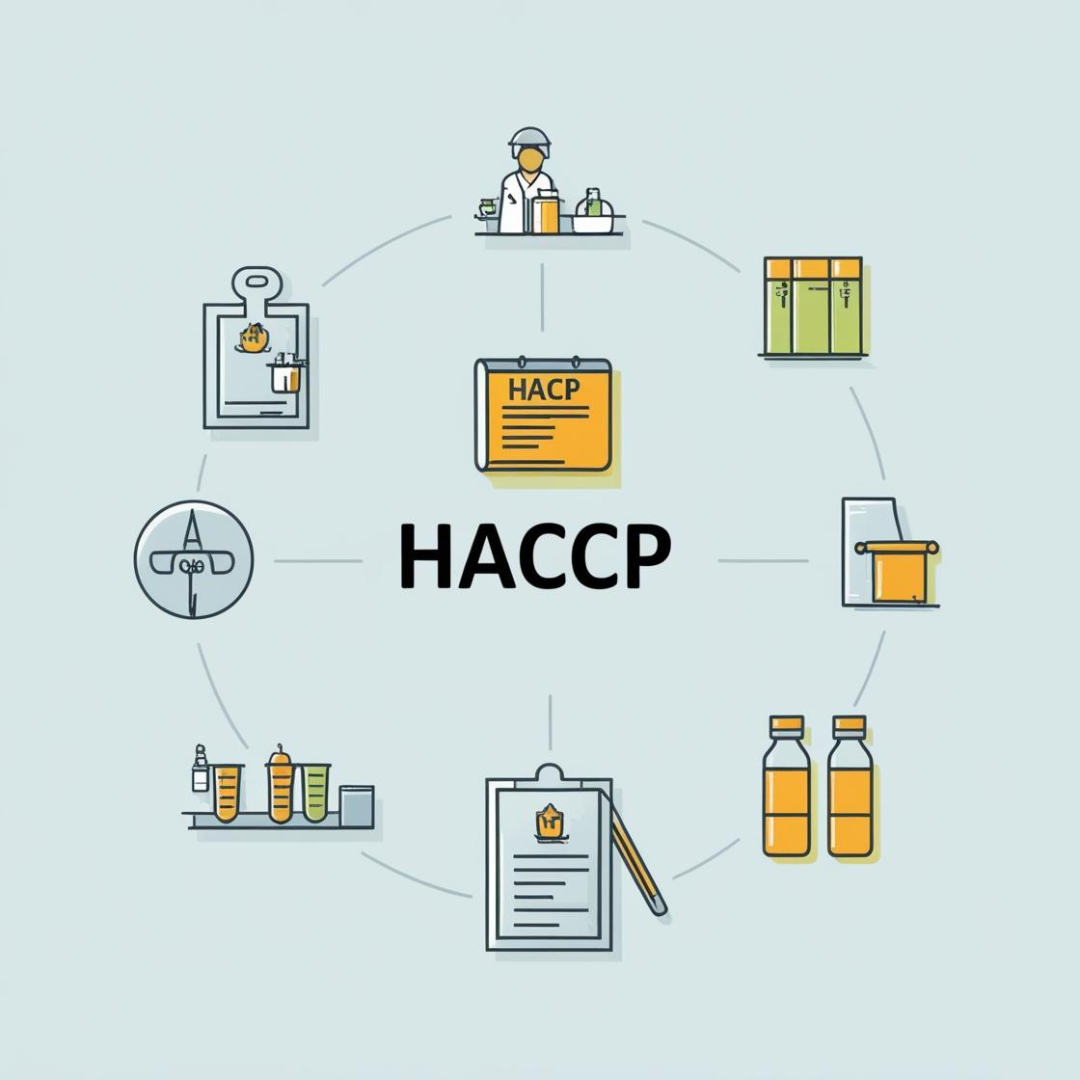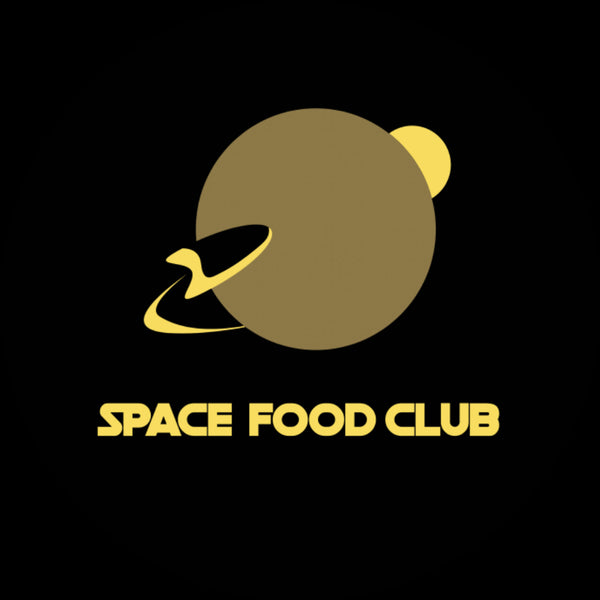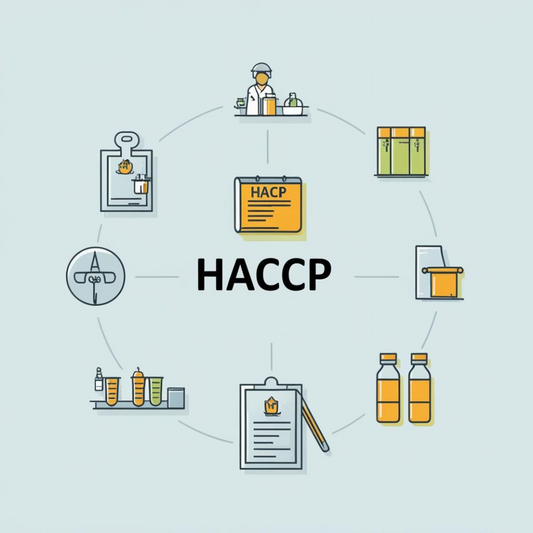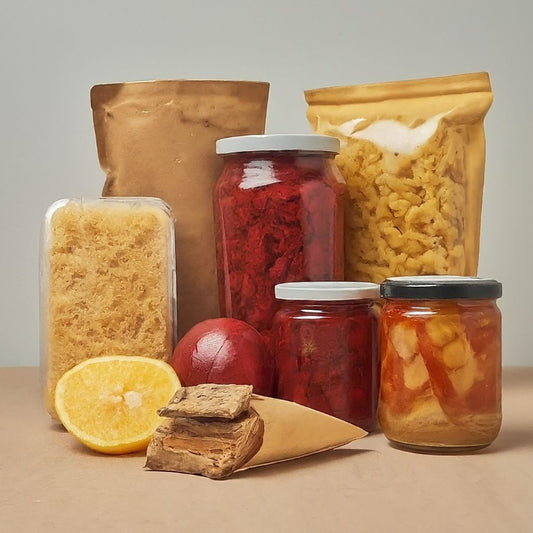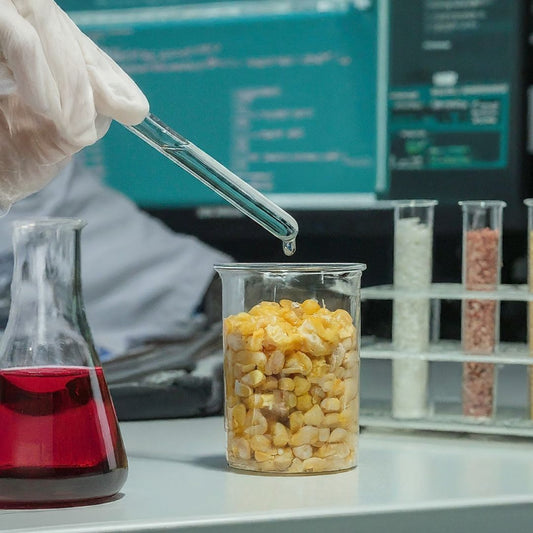🍴 Protein Printing & 3D Structured Foods – Redefining the Future of Eating
Share
Food has always evolved—from fire-cooked meals to microwave dinners. Now, we are stepping into a new chapter: 3D-printed foods and protein printing. This technology is changing how we think about cooking, nutrition, and even food security.
🔹 What is Protein & 3D Food Printing?
Imagine a normal 3D printer—but instead of using plastic, it uses food materials like plant protein pastes, purees, or dough. The printer squeezes these materials layer by layer to create real food with precise textures, shapes, and nutrition.
Protein printing focuses on using protein-rich “inks” from sources like soy, peas, algae, insects, or even lab-grown meat cells.
It’s not just about making food look pretty—it’s about making food healthier, sustainable, and customized.
🔹 Real-Life Examples Around the World
✨ Redefine Meat (Israel)
Prints plant-based steaks and lamb cuts that look and taste like real meat.
Already served in restaurants across Europe.
✨ NovaMeat (Spain)
Creates 3D-printed meat with fibrous, meat-like texture, making it closer to chicken or beef.
Their mission: help reduce the environmental impact of livestock farming.
✨ NASA Space Research
Astronauts can’t carry unlimited food into space.
NASA has tested 3D-printed pizzas and protein snacks to provide fresh, customizable meals for long missions.
✨ SavorEat (Israel)
Offers robot-powered 3D-printed burgers.
Customers can choose the level of protein, fat, and even how “well-done” they want it—all through a smartphone app.
✨ Foodini by Natural Machines (Spain)
A kitchen appliance that prints custom pasta, pizza bases, and even desserts.
Used by chefs to save time while being creative with food design.
🔹 Why It’s Exciting
Personalized Nutrition 🥗: Imagine a hospital patient getting a meal with exactly the right amount of protein, vitamins, and minerals for recovery.
Sustainability 🌍: Plant-based or lab-grown protein printing reduces the need for factory farming.
Creativity in Cooking 👩🍳: Chefs can design food in shapes and textures impossible with traditional cooking.
Food Security 🛠️: Can help feed areas with limited resources—or even future space colonies on Mars!
🔹 A Simple Comparison
Traditional Food: Cooked with ingredients we grow, harvest, and process. Limited by availability and cooking methods.
3D Printed Food: Built layer by layer, with precise control of nutrition, shape, and sustainability, using alternative proteins and digital design.
🔮 The Future of Eating
In the near future, you might walk into a restaurant, select your nutritional needs on a screen, and watch as a 3D printer prepares your customized protein-packed meal.
What sounds futuristic today may soon become as normal as ordering pizza online.
